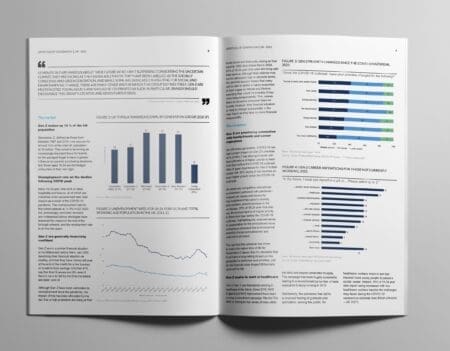High-income US households flock to warehouse clubs in a quest for quality
Chicago (July 11, 2014)—While warehouse clubs may be perceived to be the domain of those looking to stretch a tight budget – new research from Mintel reveals that it is not just those of lower incomes having to ‘make do.’ High income consumers think their products are on a par with leading brands. Indeed, 38% believe store brand or private label brands at warehouse clubs are comparable to name brand items in terms of quality—a number that increases to 44% of households earning $150K+. That’s the highest percentage of all income groups surveyed, compared to 27% of those earning less than $25K, 36% of those earning $50-$74.9K and 41% of those with incomes between $100-$149.9K.
Furthermore, 40% of warehouse club users say warehouse clubs carry quality products—with 46% of households with an income of $150+ reporting as much. The number drops to 32% for those earning less than $25K, 41% of those earning $50-$74.9K, and 42% of those with household incomes between $100-$149.9K
“Shoppers in this group may be more likely to shop across a wider variety of retail stores, and therefore more aware of the price differential among retailers,” says Ali Lipson, category manager – retail, apparel, technology and automotive at Mintel. “They are also more likely to be able to afford the shopping trip compared to those with lower incomes. Product messaging and signage that highlights the quality of warehouse club products is sure to resonate with this demographic.”
This market also might be immune to threat of online shopping, as more than six in 10 (63%) Americans have shopped (in-store) at a warehouse club in the last six months, but only a quarter (25%) have done so online.
“One deterrent to online shopping in this channel could be that stores offer bulk- sized packages so the cost of shipping large items could prove prohibitive,” notes Ali. “Additionally, part of the appeal of warehouse club shopping is the ‘treasure hunt’ aspect, or discovering unique items throughout the store. Currently, the warehouse clubs’ online model is unable to replicate this experience.”
More than one third (36%) of warehouse club shoppers agree that they like finding unique items when shopping at warehouse clubs. This number increases significantly for women 55+, with 45% of that demographic reporting as much. The least likely bargain hunters at 30% are women 18-34.
“More than half of warehouse club shoppers like to browse the selections, and 48% say it is worth paying the membership fee to shop at a warehouse club,” adds Ali. “Warehouse clubs intentionally offer a unique product mix aiming to appeal to the ‘discovery’ experience many shoppers crave. It also helps encourage repeat visits, as product selections can vary from time to time.”
Warehouse club shoppers may not be visiting their favorite store online, but that doesn’t mean they aren’t fans of technology. Eleven percent of those surveyed said an app that helps them navigate the store and find items would encourage them to visit warehouse clubs more often or sign up for a membership. Meanwhile, 12% agree that sales associates with handheld devices that can provide checkout anywhere in the store would increase their usage.
-
Mintel StoreGet smart fast with our exclusive market research reports, delivering the latest data, innovation, trends and strategic recommendations....View reports
-
Mintel LeapMintel Leap is a revolutionary new AI-powered platform that will transform your research process....Book a demo







































